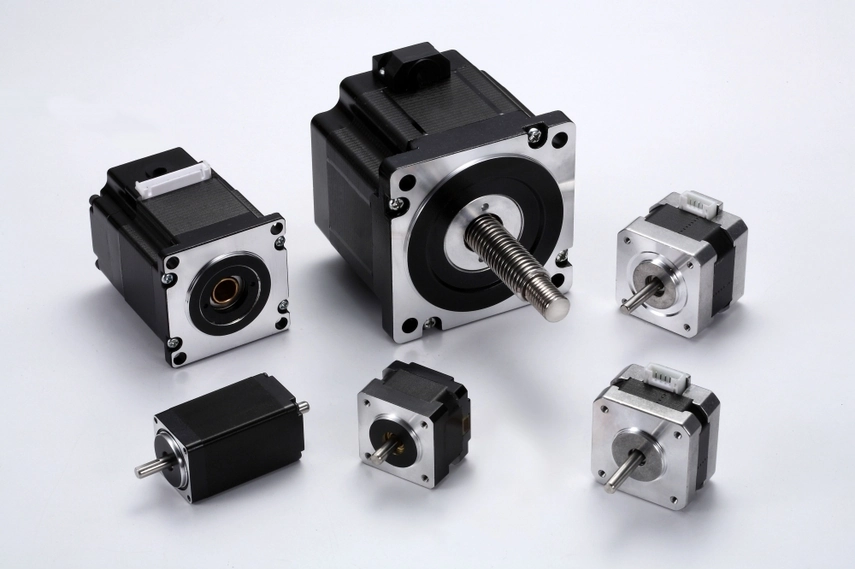How to calculate rpm of stepper motor?
2024-03-29 09:03:22
Stepper motors play a crucial role in various applications that require precise positional control and accurate motion. Calculating the rotational speed of a stepper motor is crucial for understanding its performance and functionality. This article will provide a comprehensive guide on how to calculate the rotational speed of a stepper motor, while also discussing various factors that affect the speed of a stepper motor. We hope this article proves helpful to you after reading it.

I. Understanding the Basics of Stepper Motors
Before diving into the calculation of RPM, it's important to grasp the fundamental principles of stepper motors. Unlike traditional motors, stepper motors move in discrete steps or increments, making them ideal for applications that demand precise control over motion. Each step corresponds to a specific angle of rotation, and the RPM of a stepper motor indicates how many complete revolutions it can make in a minute.
Steps per revolution
The number of steps required for a stepper motor to complete one full revolution is determined by its construction and design. It is commonly denoted as "steps per revolution" (SPR) and is a crucial parameter in calculating RPM.
II. The rotational speed of a stepper motor
Before calculating the rotational speed of a stepper motor, it is necessary to have basic information about the motor, including the step angle and pulse frequency of the stepper motor.
Determine Step Angle
The step angle of a stepper motor represents the angle through which the motor shaft rotates for each step. It is typically specified by the manufacturer and is a crucial parameter for RPM calculations.
Calculate Steps per Revolution
To determine the number of steps required for one complete revolution, divide 360 degrees (or 2π radians) by the step angle. This can be expressed as SPR = 360/SA.
Determine Pulse Frequency
The pulse frequency is the rate at which electrical pulses are applied to the stepper motor, measured in hertz (Hz). Let's denote the pulse frequency as PF. This value is essential for calculating the RPM of the stepper motor.
Calculate Steps per Second
Multiply the pulse frequency by the number of steps per revolution to obtain the number of steps per second (SPS). This can be expressed as SPS = PF × SPR.
Convert Steps per Second to RPM
To convert the steps per second to RPM, divide the steps per second by the number of steps per revolution and then multiply by 60 (the number of seconds in a minute). The formula for calculating RPM is RPM = (SPS / SPR) × 60.
III. Considerations and Limitations
While the above calculations provide a general approach to determining the RPM of a stepper motor, it is important to consider certain factors that may affect the practical performance:
- Load and Torque: The torque required to move the load attached to the motor can affect the actual RPM achieved. Higher loads may result in reduced RPM due to increased torque requirements.
- Motor Driver and Control: The capabilities and limitations of the motor driver and control circuitry can influence the maximum achievable RPM. Pay attention to the specifications and limitations provided by the motor driver manufacturer.
- Microstepping: Microstepping is a technique that allows for finer control and smoother motion by dividing each step into smaller increments. Microstepping can affect the effective resolution and the RPM calculation.
IV. Conclusion
Calculating the RPM of a stepper motor is an essential step in understanding its performance and suitability for specific applications. By considering the step angle, steps per revolution, pulse frequency, and employing the calculations outlined above, you can accurately determine the RPM of a stepper motor.
See What Lunyee Can Do For You
Contact Us
- 8619149417743
- +86-0371-5562 0274
- [email protected]
- Zhengzhou, Henan Province, China
- Mon-Fri: 9:00 - 18:00




